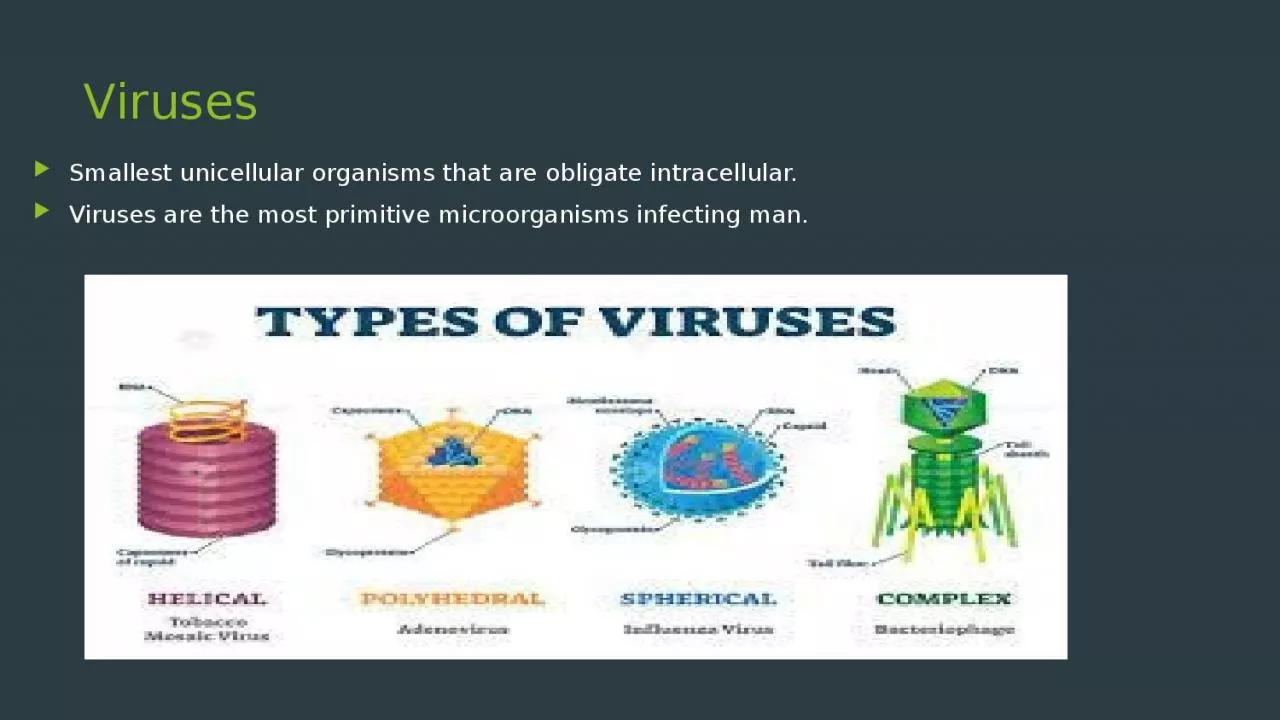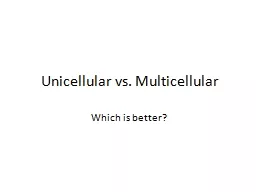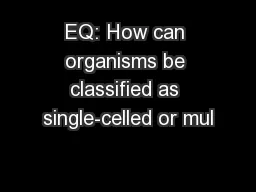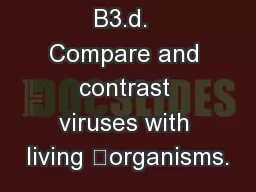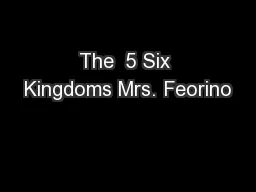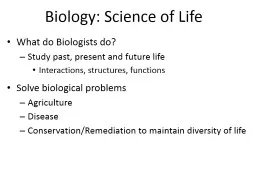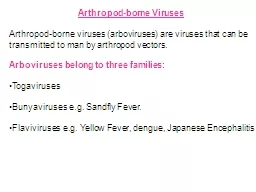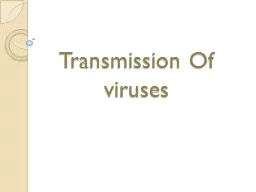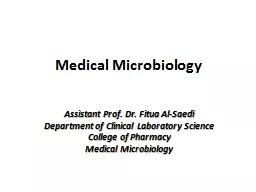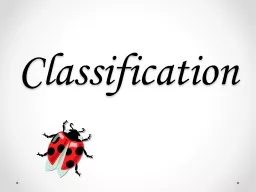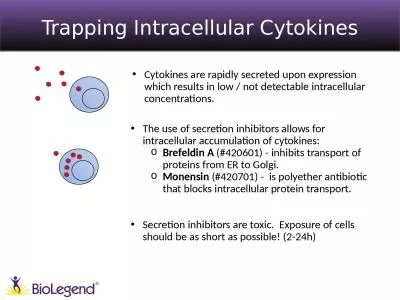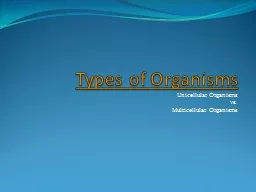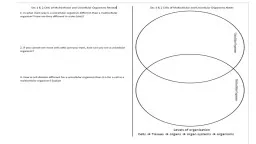PPT-Viruses Smallest unicellular organisms that are obligate intracellular.
Author : genevieve | Published Date : 2023-07-23
Viruses are the most primitive microorganisms infecting man General properties Obligate intracellular Possess either DNA deoxyribonucleic acid or RNA ribonucleic
Presentation Embed Code
Download Presentation
Download Presentation The PPT/PDF document "Viruses Smallest unicellular organisms t..." is the property of its rightful owner. Permission is granted to download and print the materials on this website for personal, non-commercial use only, and to display it on your personal computer provided you do not modify the materials and that you retain all copyright notices contained in the materials. By downloading content from our website, you accept the terms of this agreement.
Viruses Smallest unicellular organisms that are obligate intracellular.: Transcript
Download Rules Of Document
"Viruses Smallest unicellular organisms that are obligate intracellular."The content belongs to its owner. You may download and print it for personal use, without modification, and keep all copyright notices. By downloading, you agree to these terms.
Related Documents

